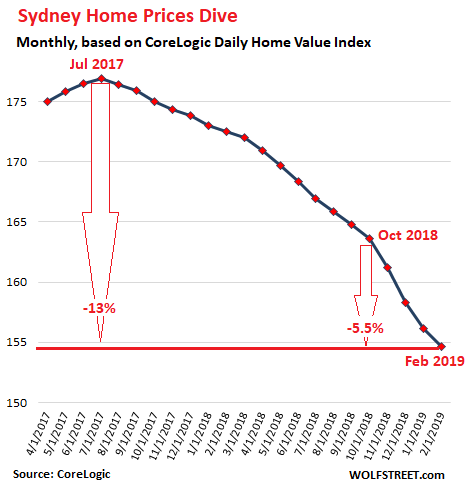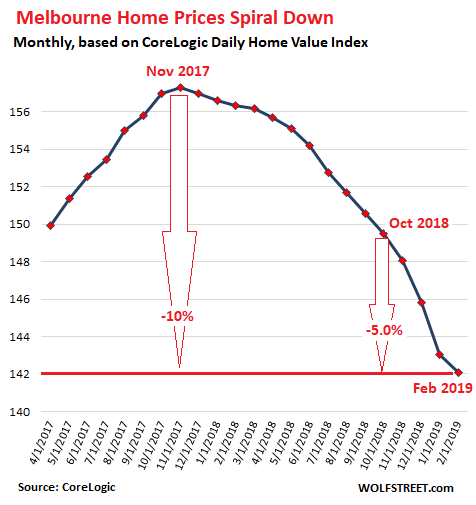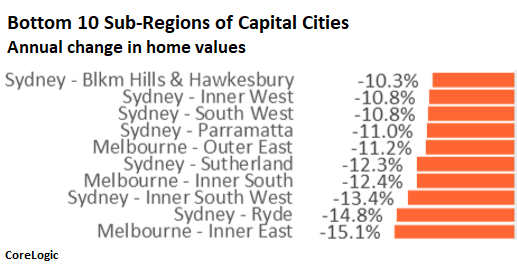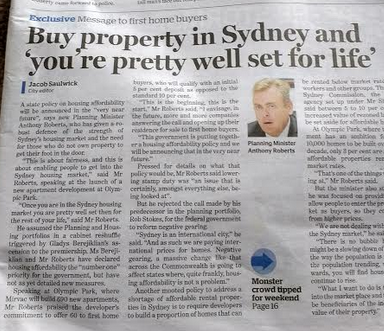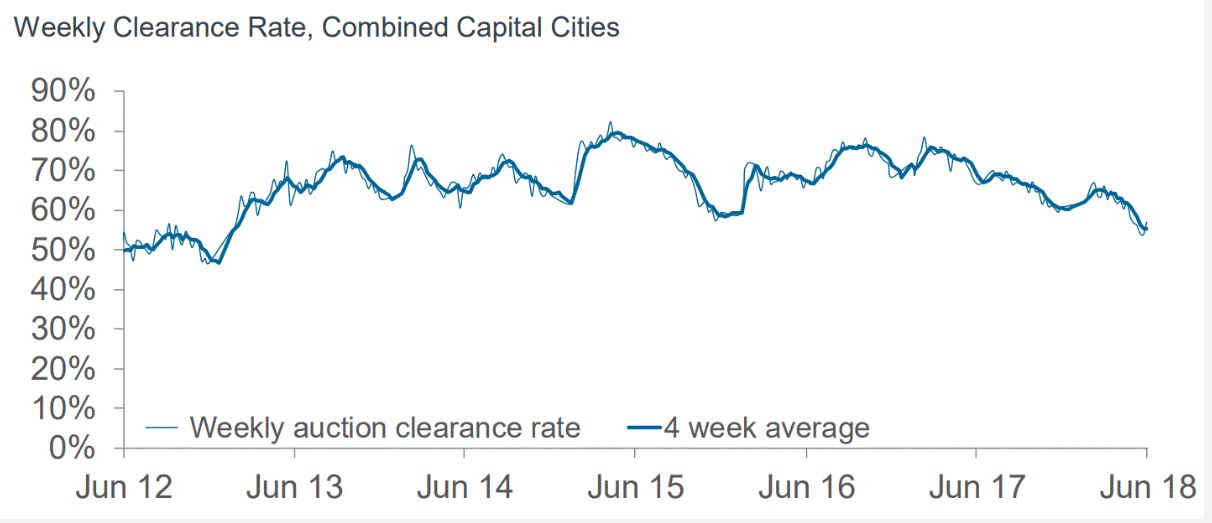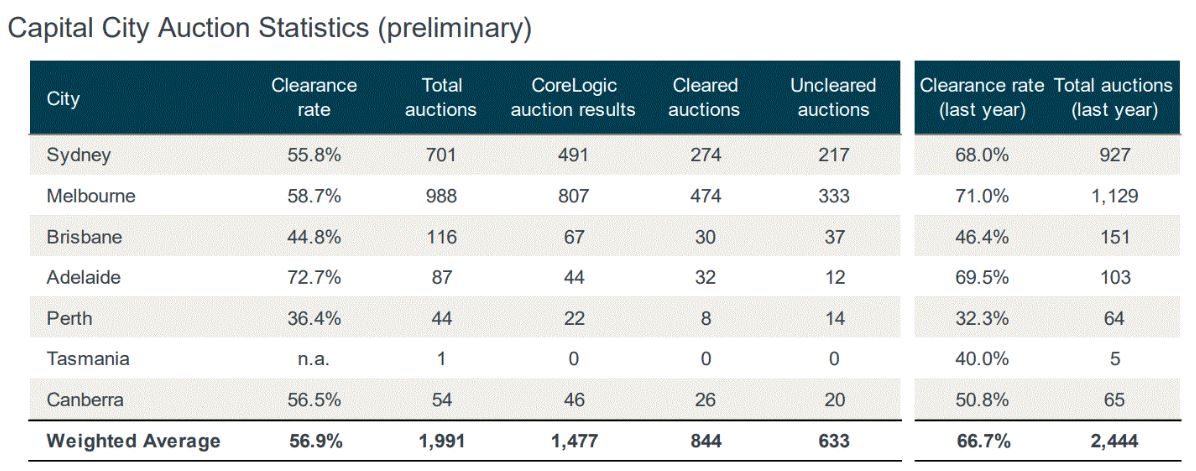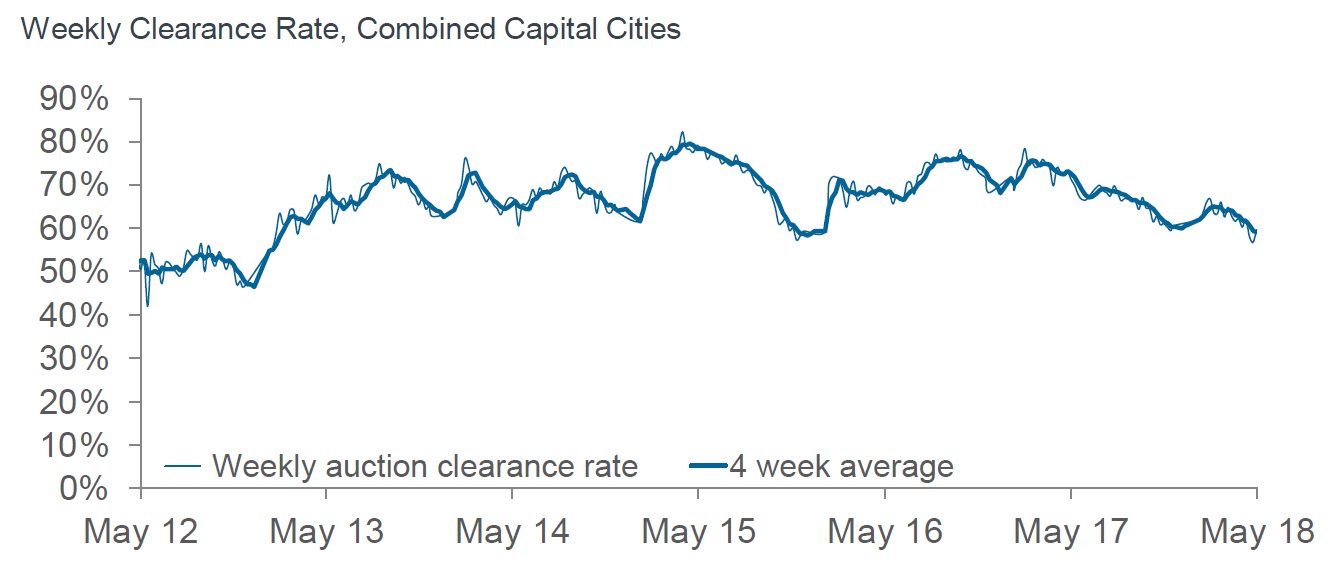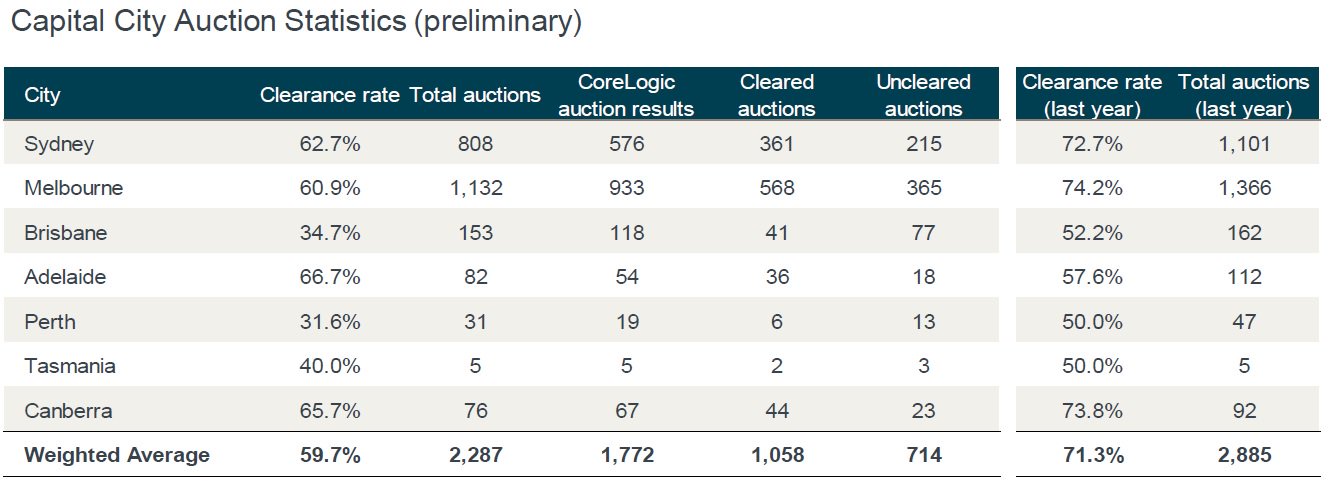The fall in residential property values is “losing steam” but could be reinvigorated by changes in the political and economic landscape, according to CoreLogic, via The Adviser.

The latest Hedonic Home Value Index from Property research group CoreLogic has revealed that, in the month to 31 March 2019, national home values dropped by 0.6 per cent, driven by a 0.6 per cent drop across Australia’s combined capital cities and a 0.4 per cent fall across combined regional locations.
The sharpest reported fall was in Sydney (0.9 per cent), followed by Melbourne (0.8 per cent), Brisbane and Darwin (0.6 per cent), Perth (0.4 per cent) and Adelaide (0.2 per cent).
Hobart was the only capital city to report growth, with dwelling values rising by 0.6 per cent, while prices in Canberra remained stable.
Reflecting on the results, CoreLogic’s head of research, Tim Lawless, said that the downturn could be “losing some steam”, with the pace of falls slowing month-on-month.
However, Mr Lawless added that the scope of the downturn has become “more geographically widespread”, with monthly declines reported across six of Australia’s eight capital cities and across most “rest of state” regional locations.
Mr Lawless stated that the outlook for the housing market continues to be plagued by uncertainty related to the federal election, lending policies and domestic economic conditions.
Specific reference was made to the federal Labor opposition’s proposals to limit negative gearing to new housing and halve the capital gains tax discount to 25 per cent.
“Federal elections generally cause some uncertainty, which is likely amplified more so this time around considering the potential for a change of government, which will also involve significant changes to taxation policies related to investment,” he continued.
“No doubt, some prospective buyers and sellers are delaying their housing decisions until after the election; however, there is no guarantee that certainty will improve post-election, considering the impact of a wind back to negative gearing and halving of the capital gains tax concession is largely unknown.”
Mr Lawless said that he expects Labor’s proposed changes to exacerbate the downturn in the housing market.
“It seems a reasonable assumption that removing an incentive from the market would result in some downwards pressure on activity and prices for a period of time,” he said.
Credit availability was also cited as a source of continued uncertainty, with Mr Lawless pointing to the fall in the value of housing finance commitments, particularly in the owner-occupied space – as reported by the Australian Bureau of Statistics.
“The value of owner-occupier lending is around 2.6 times the value of investor lending, so the substantial drop in owner-occupier mortgage commitments perhaps explains why the housing downturn is becoming more widespread,” he said.
“The value of owner-occupier housing finance commitments (excluding refinancing) was down 17.1 per cent compared with January last year and investment credit was 24.6 per cent lower.”
Mr Lawless said that monetary policy movements could help stimulate credit demand but noted that tighter lending standards would limit the effect of lower interest rates.
“While any cuts to the cash rate may not be passed on in full, a lower cost of debt will provide some positive stimulus for the housing market,” he said.
“Arguably, this stimulus won’t be as effective as previous interest rate cuts due to the high serviceability buffer applied to borrowers, whereby lenders are still required to assess serviceability at a mortgage rate of at least 7 per cent despite mortgage rates which are now available around the 4 per cent mark or even lower.”
According to CoreLogic’s research, the national median home price currently sits at $524,149, with the median value across the country’s combined capital cities at $597,860, and $376,728 across combined regional locations.

